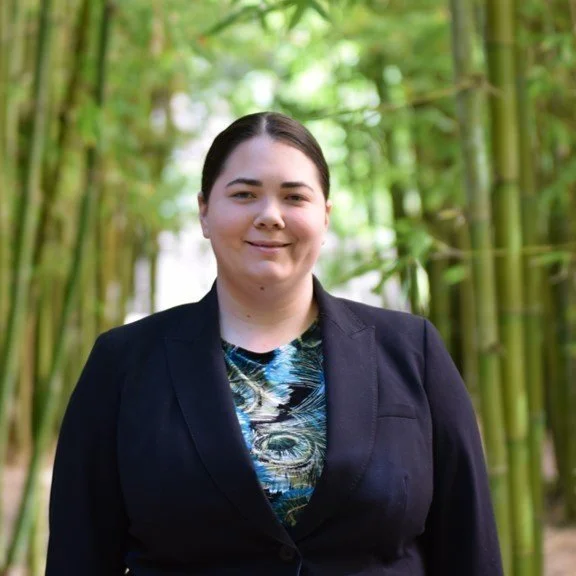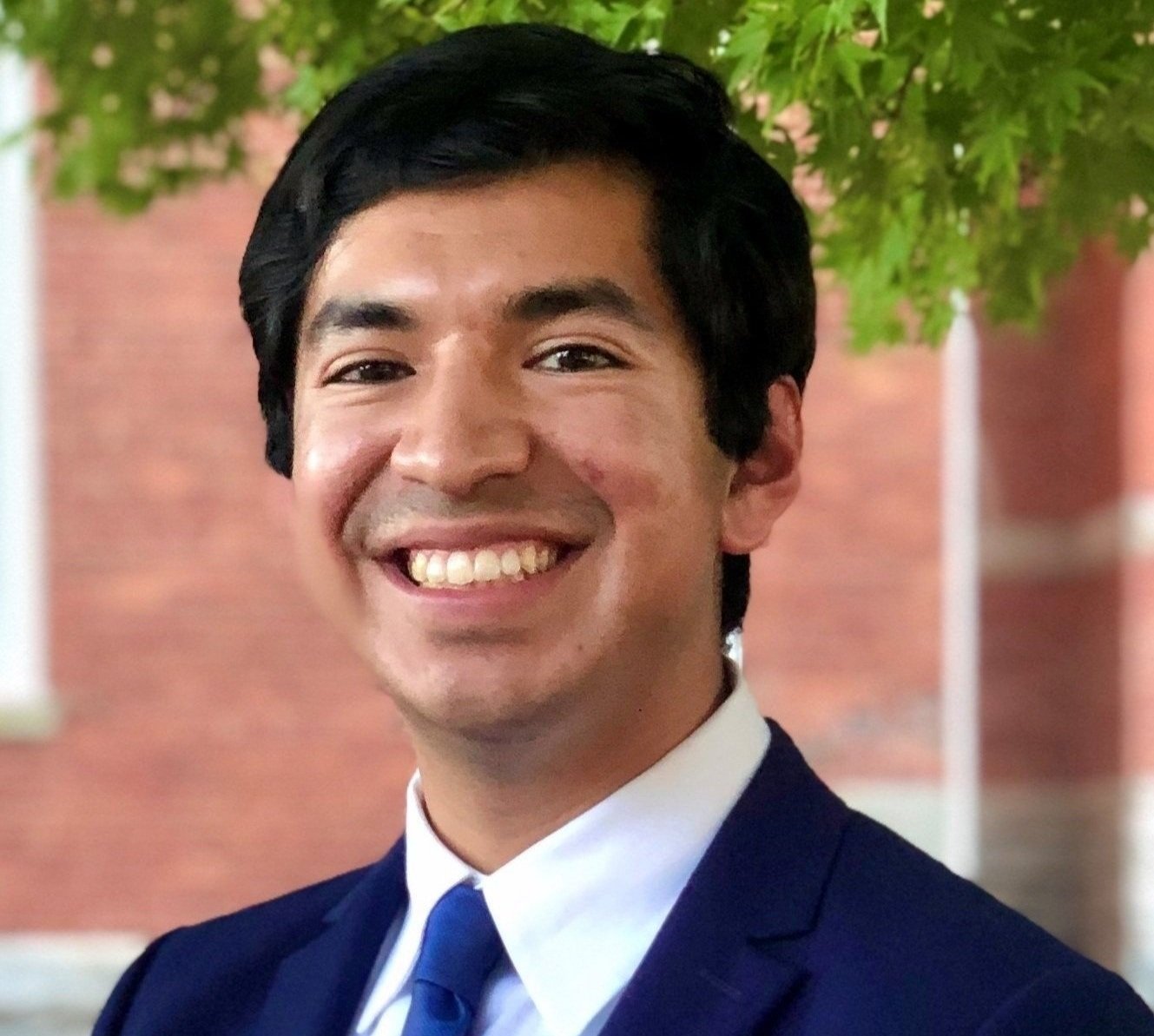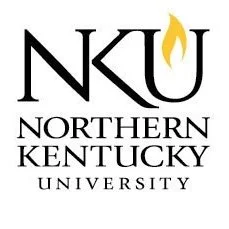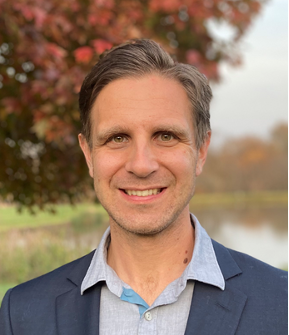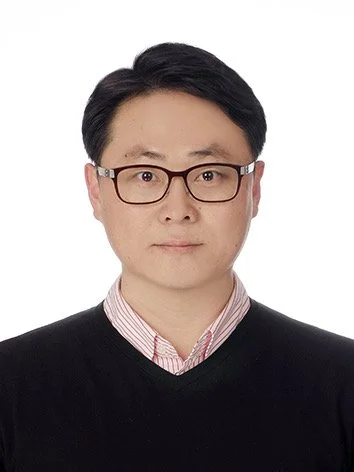
Events
September Event - Introduction to Modern Advancements in Radiotherapy at Miami University
Tuesday, September 23, 2025
5:00 - 6:00 pm Networking/Dinner
6:00 - 7:00 pm Dinner/Talk
7:00 - 8:00 pm Networking
Registration will close on September 20, 2025
Featuring Dr. Emily C. Daugherty, MD
Join us for our ACS Cincinnati September Event at The Marcum Hotel in Oxford, Ohio. This in-person event features a special seminar titled “Introduction to Modern Advancements in Radiotherapy”, with speaker Dr. Emily C. Daugherty, MD. who will present on FLASH radiotherapy.
Dr. Emily C. Daugherty, MD is an Associate Professor in the Department of Radiation Oncology at the University of Cincinnati - UC College of Medicine
Education/Credentials
Residency: State University of New York Upstate Medical University (Radiation Oncology)
MD: State University of New York Upstate Medical University
Bachelor of Arts: The College of the Holy Cross (Biology: Self-Designed Minor in Medical Ethics; Biological Psychology Concentration)
Specialties
Radiation Oncology
The Marcum Hotel
951 E. Withrow St. Oxford, OH 45056
Oxford - Marcum Conference Center-154
Park in the parking lot behind the conference center
May Riverboat Cruise & Outreach Seminar
Friday, May 23, 2025
6:30 pm: Boarding, Bar Opens, Networking
6:30 - 7:30 pm: Boat Departs, Dinner Buffet Opens
7:30 - 8:30 pm: Seminar: Benefits of Outreach
9:30 pm: Return to Dock & Departure
Dress Code: Business casual is recommended. Please dress comfortably for the weather, as portions of the event will take place on the open-air deck of the riverboat.
Sold out!
Join us for our annual ACS Cincinnati May Event—an evening of scenic river cruising, dinner, and inspiring dialogue on the value of chemistry outreach. This in-person event features a special seminar titled “Benefits of Outreach”, with speakers Dr. Elizabeth DeSantis and Erik Antonio, who will explore how chemistry outreach empowers communities, supports early-career chemists, and builds stronger networks across sectors.
This event takes place aboard the Belle of Cincinnati, where guests will enjoy a full buffet dinner (see menu linked above), two complimentary drink tickets (for guests 21+), and panoramic views along the Ohio River.
Register by May 20th!
Note: Maximum capacity is 50 guests. Walk-ins will be allowed only if space remains and will not be guaranteed dinner.
We especially welcome graduate students, early-career professionals, and volunteers interested in contributing to National Chemistry Week or CERMACS 2026.
Abstract
In addition to encouraging K-12 students to value education and strive for scientific literacy, which improves public appreciation for chemistry, educational outreach benefits the careers of volunteer participants, and in particular early career chemists in industry. Based on anecdotal observations, outreach volunteering (1) affords an opportunity to prepare safety assessments; as a chemist who scaled from the benchtop to the pilot line, trials almost never go 100% to plan, and risk management is a must; (2) connects early career chemists to like minded individuals that are able to offer insight and unique perspectives that build community and offers mentorship (3) Serves as an opportunity to improve cross-disciplinary communication skills; chemists must communicate with diverse audiences in a wide variety of professional settings, including tours, trade shows, sales, marketing and executive meetings, and (especially for forensic chemists) courtrooms.
Dr. Elizabeth DeSantis is a PhD chemist whose fundamental understanding of materials chemistry has led her across end markets. As an Advanced Scientist at Michelman Inc, Elizabeth formulates waterborne coatings to support new and established business opportunities in Rigid Packaging. Previously, she worked as a development scientist and technical lead, surface attributes, for Corning Inc. For Newell Brands (i.e. Rubbermaid, Coleman, Contigo, Ball), she worked as a Sr Materials Engineer, glass and ceramics SME. Her PhD in inorganic chemistry from Stanford University focused on the thermal history and (NMR) structure of aluminoborosilcate glasses in inorganic chemistry. She earned a BS in chemistry with honors in chemistry from Penn State; her honors thesis […]
Erik Antonio, Ph.D. is a polymer scientist with Omya based out of the Omya Technology Center in Cincinnati, Ohio. As part of this role he leads the polymer lab in innovative research, collaborates across Omya’s international R&D network, works closely with sales and distribution team members, and deals with technical support for customers in PVC, polyolefin, and thermoset applications. Erik has developed extensive knowledge of physical properties testing for polymer composites in the lab, as well as experience in polymer processing and extrusion. He has published and presented on topics of additive manufacturing, polymeric coatings, and polymer composites. In addition to the […]
Click here to learn more!
BB Riverboats
Belle of Cincinnati, 3rd Deck Aft Private Party Room
101 Riverboat Row, Newport, KY 41071
April Event - Student and Teachers Awards Night
5:00 - 6:00 pm: Doors open, hands-on science activities
6:00 - 7:00 pm: Buffet dinner
7:00 - 8:00 pm: Demos and Presentation of awards
Wednesday, April 30th
Student and Teachers Awards Night at Northern Kentucky University
Let us celebrate the achievement of our chemistry students in Cincinnati in K-12. Show our appreciation to Chemistry teachers from K-12.
Northern Kentucky University
Student Union Ballroom
Northern Kentucky University
1 Louie B Nunn Dr, Highland Heights, KY 41099
Park in the parking garage in front of the Student Union Ballroom. Parking will be validated.
March Event - Chemist of the Year Celebration and Talk
Friday, March 7th
5:00 - 6:00 pm Networking
6:00 - 7:00 pm Dinner
7:00 - 8:00 pm Talk
He is recognized for being a leading scholar in polymer and organic chemistry with an internationally recognized research program. His groundbreaking achievements and discoveries have significant implications across various fields, such as advanced materials, pharmaceuticals, specialized coatings, and cutting-edge electronics, offering promising avenues for scientific progress and technological advancements. He is also recognized for his dedicated service to the polymer science and STEM communities, mentoring of students, colleagues and promoting broad participation
Featuring 2025 Chemist of the Year, Dr. Dominik Konkolewicz, PhD
Bio: Dr Dominik Konkolewicz (Dr. K) completed his bachelors studies in Chemistry and Mathematics at the University of Sydney in 2006. He commenced his Doctoral studies in 2007 at the University of Sydney, focusing on the synthesis and characterization of highly branched polymers by a combination of controlled radical polymerization and high yield organic reactions. After graduating with his Ph.D. in 2011, he moved to Carnegie Mellon University, to commence his postdoctoral work as a Visiting Assistant Professor/Senior Research Chemist. His postdoctoral work studied transition metal mediated controlled radical polymerization reactions utilizing photochemical methods, or in aqueous media. In 2014 he joined the Chemistry and Biochemistry Faculty at Miami University, where his group develops new materials for applications ranging from new photochemical strategies, materials that can repair themselves, and bioconjugates, and polymeric systems for lipid self assembly and membrane protein analysis. Recurring themes in his research are using physical chemistry principles to guide the development of new organic materials and the use of fundamental mechanistic analysis to guide the design of polymers, and the development of these polymers towards sustainability and biomaterials applications.
Manor House
7440 Mason Montgomery Rd, Mason, OH 45040
Please navigate to the back of the property to the Carriage house. The event is in the coach room.
February Event at Mt. Saint Joseph University
Thursday, February 20th
5:00 pm Networking
6:00 pm Dinner
7:00 pm Talk
Featuring Professor Changseok Han, PhD
Bio: Changseok Han, PhD is currently an Associate Professor in the Department of Environmental Engineering at the INHA University, South Korea. He earned his PhD in 2014 from the Environmental Science and Engineering Program at the University of Cincinnati. Dr. Dionysios D. Dionysiou supervised his PhD. Then, he worked at the USEPA from 2014 to 2018 as an ORISE postdoctoral research fellow. His research interests are i) Water treatment using advanced oxidation processes and environmental nanotechnologies, iii) Monitoring and treatment of micropollutants such as pesticides, pharmaceuticals, microplastics, and emerging contaminants in different waters, and iii) Resource recovery from wastewater.
Title: Micropollutant Treatment and Resource Recovery from Wastewater
Different valuable compounds such as pesticides and pharmaceutical and personal careproducts (PPCPs) have been widely synthesized to increase food production and controlhuman diseases for the advantage of human beings. As anthropogenic activities increase,their production also proportionally increases. As known, some of these artificiallysynthesized chemicals, known as micropollutants, are very persistent in the environment, and thus, they can chronically affect the health of humans and animals with very low concentrations. Different technologies are available in water and wastewater treatment facilities for their proper treatment. However, as reported, conventional water and wastewater treatment processes could not effectively degrade them; thus, it is important to develop reliable processes for their treatment.
In addition to micropollutants, wastewater contains different resources, such as ammonia, even though it is an important pollutant directly associated with the eutrophication of surface water bodies.
Advanced oxidation, employing highly reactive species (i.e., hydroxyl radicals, sulfate radicals, chlorine radicals, etc.), is a well-known technology to break down persistent contaminants in water and wastewater. UV/oxidants, catalysts/oxidants, or photocatalysis-based advanced oxidation processes (AOPs) have been extensively studied for treating recalcitrant contaminants in water. Electrodialysis (ED) is widely used to separate ammonia from wastewater and concentrate it for hydrogen production since the ED can effectively recover ammonia using ion exchange membranes in the presence of the electrical field.
This presentation will discuss micropollutants degradation by catalysts/oxidants- and UV/oxidants-based AOPs. In particular, as catalysts/oxidants-based AOPs, transition metal-modified iron oxides were newly synthesized and thoroughly characterized with XRD, XPS, SEM, TEM, zeta potential measurement, and a porosimetry analysis. The degradation of an over-the-counter painkiller, acetaminophen, was studied by the catalysts in the presence of peroxymonosulfate or peroxydisulfate. Moreover, as UV/oxidants-based AOPs, UV/chlorine was carefully studied to decompose a pesticide, carbaryl, in water. For ammonia recovery from wastewater, the ED operation was effectively investigated with different ion-exchanging membranes, gaskets, and spacers with various thicknesses. These results of micropollutant degradation by different AOPs and ammonia recovery by the ED will be provided and discussed in detail in this presentation.
Please navigate to 5701 Delhi Ave. Cincinnati, OH 45233. Park in Neeb Garage and follow red arrow on map to Molloy Room.
Mount St. Joseph University, Molloy Room
5701 Delhi road, Cincinnati, OH 45233
January Event at Cooper Creek
Thursday, January 30th
5:00-9:00 PM
Bio: Lisa Hall is a Professor at the Ohio State University. She joined OSU in 2012, having completed her Ph.D. with Kenneth Schweizer at the University of Illinois and a subsequent postdoctoral appointment with Amalie Frischknecht and Mark Stevens at Sandia National Laboratories. Her research group uses statistical mechanical theory and molecular dynamics simulations to study molecular behavior and properties of nanostructured polymeric materials. In 2021 she received the Owens Corning Early Career Award from the Materials Engineering & Sciences Division of the American Institute of Chemical Engineers.
Featuring Lisa Hall, PhD
Title: Structure-property relationships in polymeric materials from coarse-grained simulations
The synthetic ability to control polymer architecture, such as by grafting chains on nanoparticles at different densities, creating blocky polymer molecules, and including functional chemical groups attached in various ways to the polymer chains, provides a rich parameter space for creating specialty polymeric materials with gradients in local structural and mechanical properties. Coarse-grained molecular dynamics simulations, in which multiple atoms of the original chemical system are grouped into a single spherical bead along a bead-spring chain, are efficient enough to reach the long time and length scales of interest and can provide general guidance to understand structure-property relationships within the large design space. We analyze the molecular behavior in detail and connect polymer conformations to polymer relaxation, ion conductivity, and other dynamic properties. Two examples will be discussed in this talk. First, we consider ion transport within solid polymer electrolytes and show how this depends on how strongly the polymer solvates the ions. Second, we analyze entanglements, constraints in motion imposed on long chains by other chains due to their non-crossability that determine their long time relaxation, in thin films of polymer-grafted nanoparticles. We find that the number of interparticle entanglements per chain is related to mechanical toughness of the material.


